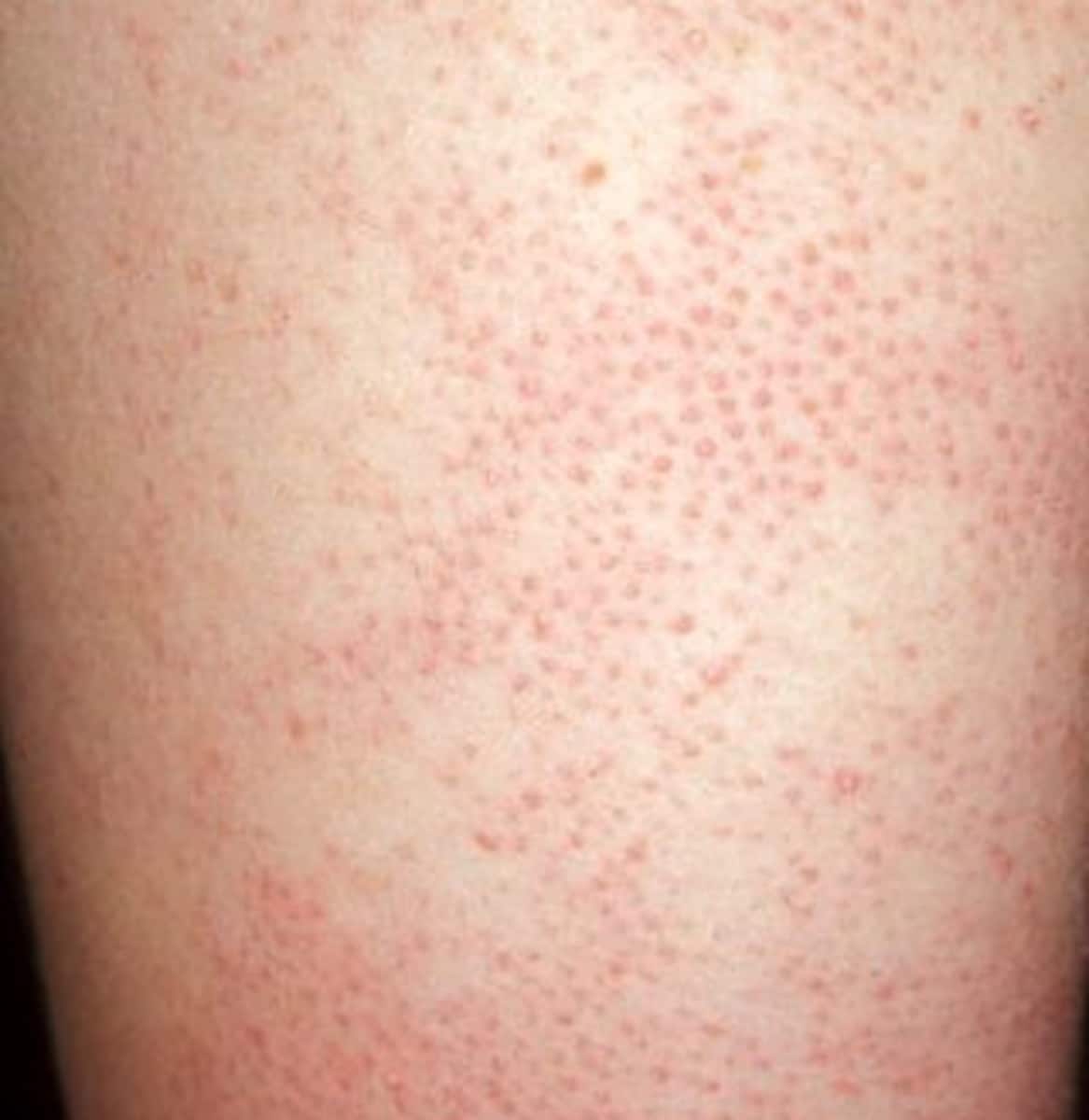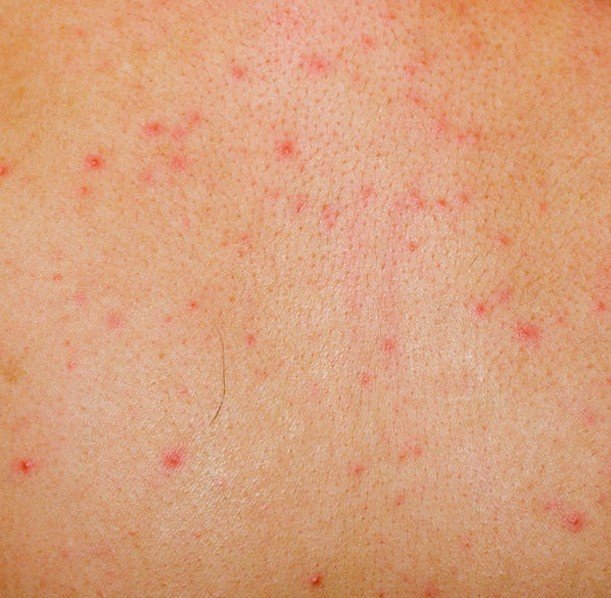

The red and purple blotches that appear are areas where blood has begun to pool from this damaged tissue. Purpuric rash - As the meningitis bacteria reproduce in the bloodstream, they release toxins which damage blood vessels and organs. If you or your child has a rash that does not disappear, call 999 immediately. The NHS says that this rash will have red or purple blotches, small pinprick spots and will not fade when a glass is rolled over it. Sufferers are likely to first experience a high fever, a stiff neck and drowsiness - with many not developing a rash until the illness develops. The most common variant of the disease in the UK is meningitis B, which is mostly spread through droplets when coughing, sneezing, or kissing. While it is most common in children, the infection can also affect adults - especially the unvaccinated. Meningitis is a dangerous infection that infects the tissue around the brain and spinal cord that can cause lifelong health issues and even death.


Meningitis - Red pinpricks and purple blotches Those at risk from the illness are likely to be given a monkeypox vaccine by the NHS. While Monkeypox poses little risk to healthy adults, pregnant women, children and the immunocompromised have been warned to be vigilant for the virus by the World Health Organisation.
#SMALL PINPOINT RED DOTS ON SKIN SKIN#
Lesions - As these "fluid-filled pustiles" pop, they leave behind damaged skin that will mark the body. Pustules look similar, but with a white or yellow pus-filled tip.

Papules and pustules - Papules are raised skin bumps, usually smaller than one centimetre. Monkeypox lesions appear and develop at the same time." The first developing into papules and fluid filled pustules before forming a scab and falling off. Ifti Khan, Well Pharmacy superintendent explained to The Sun : "There are several stages to monkeypox. This then progresses into a rash that frequently appears on the face and spreads to other parts of the body. Symptomatic infections usually start with a fever, headache, muscle aches and fatigue. While initially contracted from poorly cooked wild meat, the pox virus can also be spread by physical contact with others. Monkeypox is a viral infection originating in west Africa that has seen a resurgence in recent months, with the UK seeing the biggest global rise in identified cases of the disease. Want to get the latest health news direct to your inbox? Sign up for the Mirror Health newsletter HERE Being able to tell a harmless rash from a worrying rash can save you a lot of worry, as well as an unnecessary trip to your busy GP. With the UK seeing 207 identifiable cases of monkeypox, a pox virus that causes a rash with pus-filled spots and lesions, paying attention to our skin's health is important. Symptoms like this can signal often deadly illnesses such as meningitis, leukaemia, and lymphoma. Most rashes are completely harmless and can be treated with creams or antibiotics, but if they develop into certain pustules or swellings it could be essential that you seek immediate medical attention. These dangerous illnesses cause imbalances in our normal biological functions which manifest as abnormal spots and rashes on our bodies. Our skin is the largest organ in the human body and it often works as an important early warning sign for a myriad of different conditions.


 0 kommentar(er)
0 kommentar(er)
